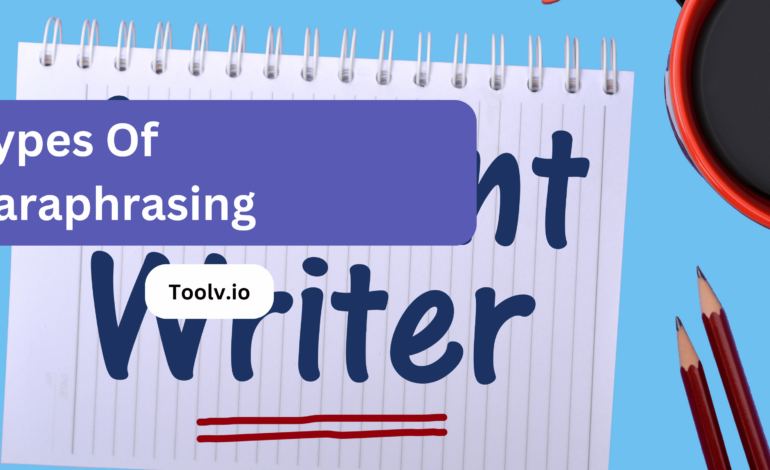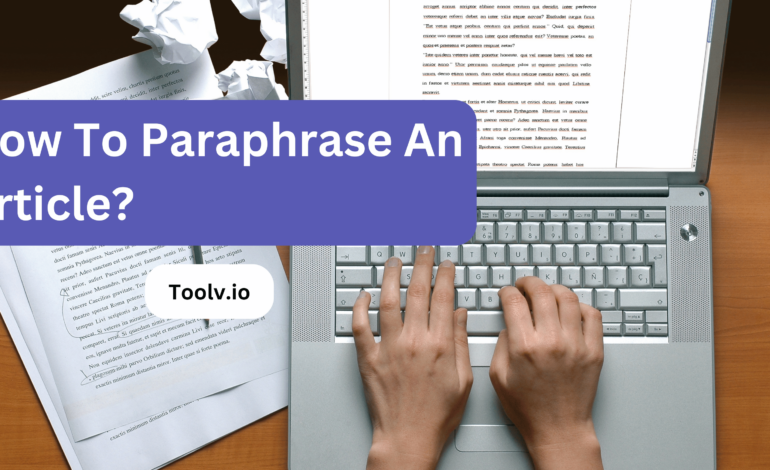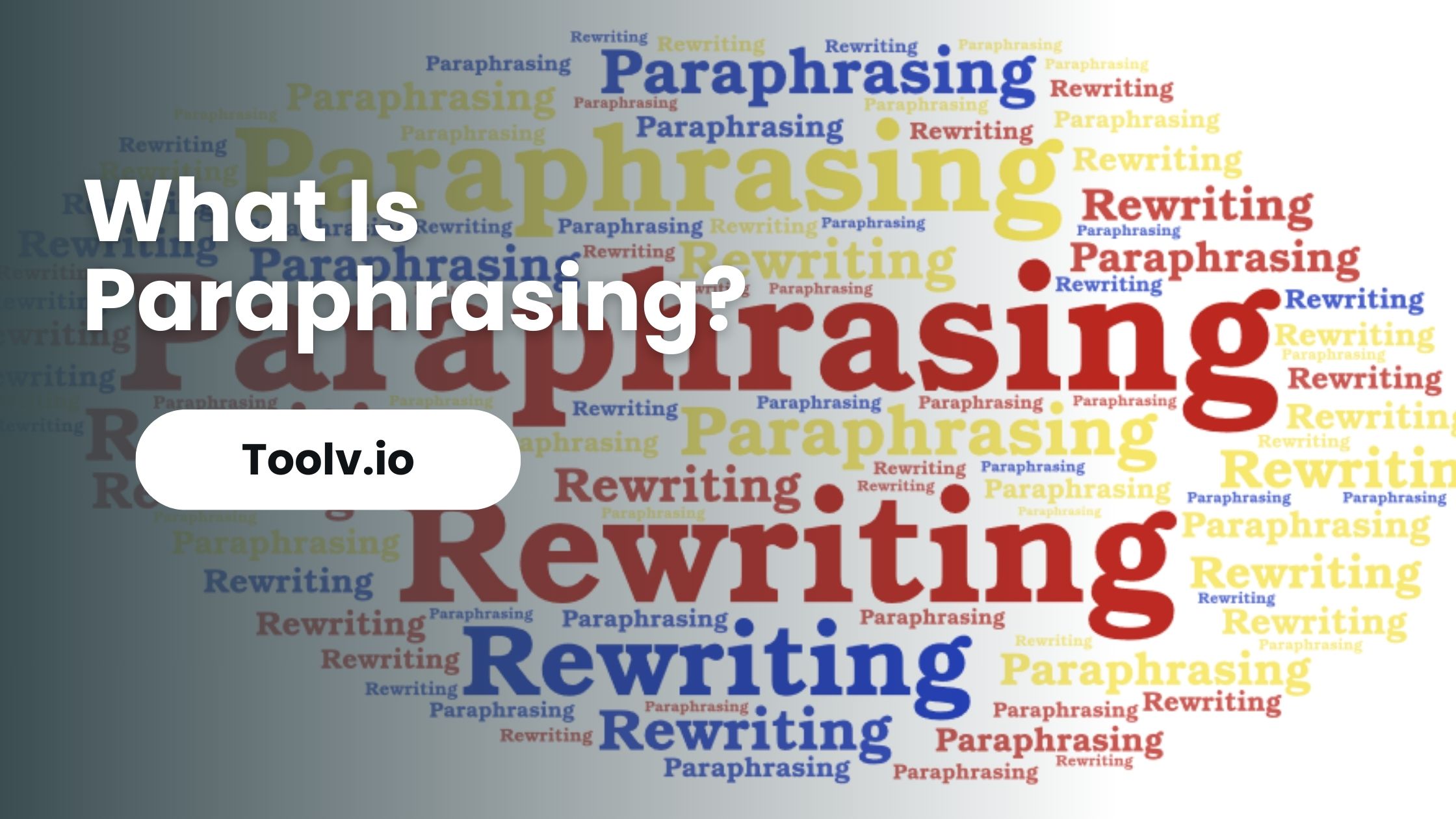Types Of Paraphrasing

Paraphrasing is when you express the same idea in different words. It’s a skill that helps in writing and communication, making sure you understand and can share thoughts without copying someone else’s words directly.
In this article, we will discuss the different types of paraphrasing. We’ll look at how each type is used in various contexts, from academic writing to casual conversations, helping you improve your ability to communicate effectively and creatively.
1. Synonym Replacement
One of the most basic forms of paraphrasing involves replacing words in the original text with their synonyms. This approach maintains the original sentence structure and meaning but uses different words to express the same ideas.
While seemingly straightforward, synonym replacement requires a deep understanding of context and word nuance to avoid altering the intended message.
Application:
- Suitable for academic writing and professional documents where precision and adherence to the original meaning are paramount.
2. Sentence Structure Change
This type of paraphrasing involves altering the grammatical structure of the original sentences.
It may include changing from active to passive voice (or vice versa), breaking down complex sentences into simpler ones, or combining short sentences into longer, more complex structures.
This method goes beyond mere word substitution, offering a deeper level of paraphrasing.
Application:
- Effective in creating content that needs to fit different formats or stylistic preferences, enhancing readability for diverse audiences.
3. Combining Information from Multiple Sources
Advanced paraphrasing often entails integrating information from several sources into a cohesive piece of writing. This technique involves synthesizing concepts, data, and viewpoints from various texts, then articulating them in a new, unified narrative. It requires not only rephrasing but also the ability to critically analyze and organize information.
Application:
- Ideal for research papers, literature reviews, and reports where comprehensive coverage of a topic from multiple perspectives is required.
4. Content Simplification
Content simplification is a form of paraphrasing aimed at making complex information more accessible.
This involves breaking down technical jargon, simplifying concepts, and using layman’s terms to convey the same ideas. While the information becomes easier to understand, it remains faithful to the original meaning.
Application:
- Useful in educational materials, user manuals, and public information documents intended for a general audience.
5. Content Elaboration
Conversely, content elaboration involves expanding on the original text to provide further details, explanations, or examples.
This type of paraphrasing is not just about rewording but adding value and depth to the original content, making it more informative or persuasive.
Application:
- Beneficial in analytical essays, explanatory articles, and content where enhancing the original message with additional insights is desired.
6. Integrative Paraphrasing
Integrative paraphrasing combines elements of several paraphrasing techniques to achieve a specific goal, such as enhancing clarity, persuasiveness, or engagement.
It may involve rewording, restructuring sentences, integrating multiple sources, and adding new information or analysis to create a comprehensive and coherent piece.
Application:
- Appropriate for complex writing projects that require a sophisticated approach to content creation, including academic theses, in-depth articles, and comprehensive reports.
FAQs
What are the Types of Paraphrasing?
Paraphrasing can be categorized into three main types:
Word Synonym Substitution: Replace original words with synonyms.
Sentence Restructuring: Rearrange the structure of sentences while retaining the original meaning.
Summary Paraphrasing: Condense the original text while preserving its main ideas.
How do I Choose the Right Type of Paraphrasing?
Consider the purpose and context of your writing. If you aim to clarify complex concepts, opt for sentence restructuring. For condensing lengthy texts, summary paraphrasing is ideal. Word synonym substitution works well for enhancing readability.
What are the Benefits of Paraphrasing?
Paraphrasing improves comprehension by simplifying complex ideas. It also helps avoid plagiarism by presenting information in original ways. Additionally, it enhances writing skills and fosters creativity.
How Can I Practice Paraphrasing Effectively?
Read a passage thoroughly, then write its paraphrased version without looking at the original. Compare both versions for accuracy and clarity. Use online tools to check for plagiarism and refine your paraphrasing skills over time.
Conclusion
Paraphrasing plays a key role in writing and research, allowing us to reword text while keeping the original meaning intact. It helps avoid plagiarism, enhances understanding, and simplifies complex ideas. Using different techniques, such as synonym replacement, sentence restructuring, and active to passive voice conversion, makes content original and engaging.
A notable example is the Toolv.io Paraphrasing Tool, designed to make rewriting easier. It uses advanced algorithms to offer multiple paraphrasing options, ensuring content remains unique and readable. This tool is especially useful for students, writers, and professionals looking to refine their work without losing the essence of their original message.





